The Twin Cities Finds Resiliency in Action After George Floyd's Killing
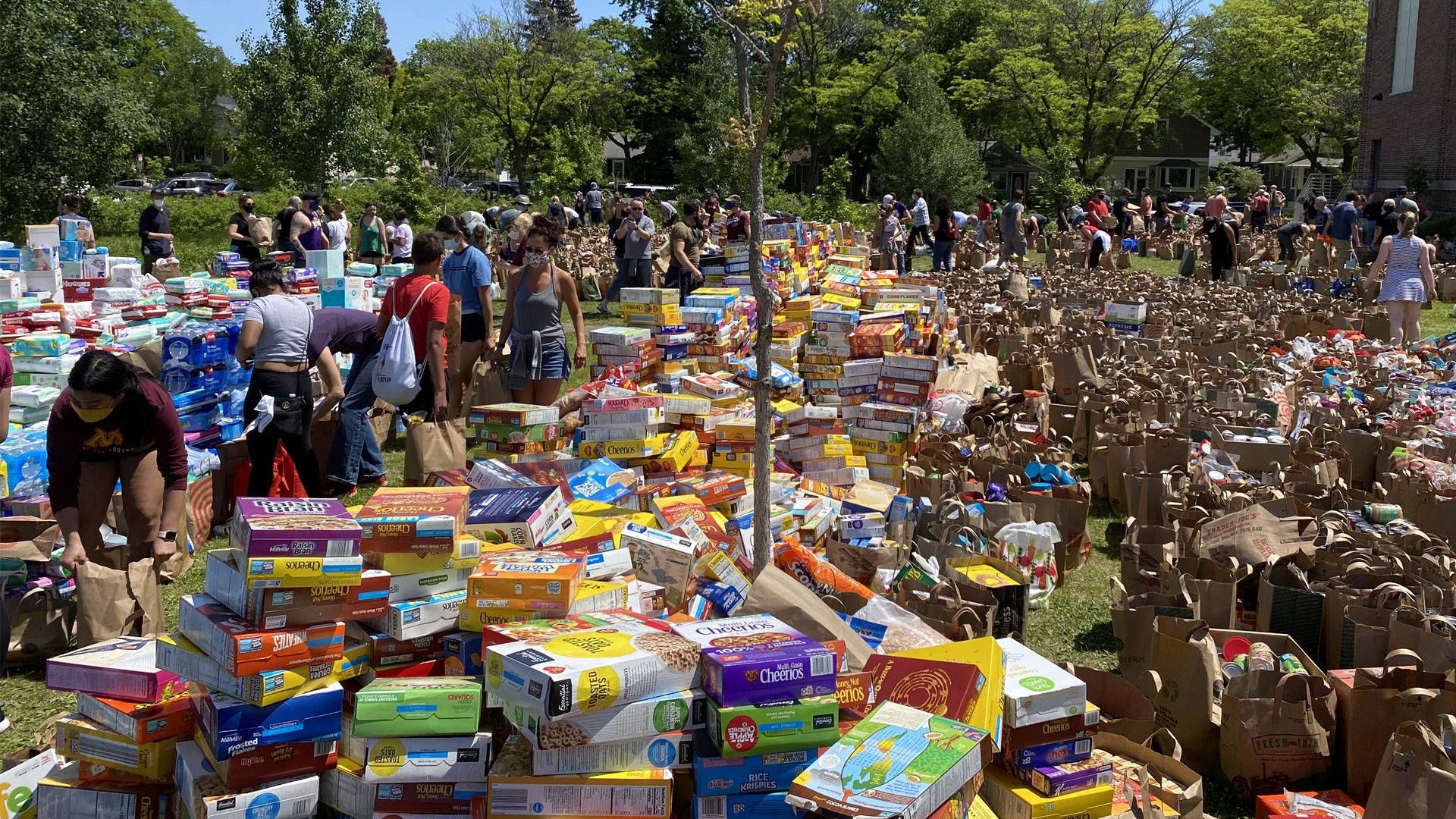
On Memorial Day 2020, George Floyd, an African-American man, was killed by a Minneapolis police officer outside of Cup Foods on 38th Street and Chicago Avenue in Minneapolis. At the site of his death, a memorial has blossomed as a sacred gathering space for people to share their grief.
Flowers form a circle around the words "I can't breathe" and the outline of a body with the words "No more."
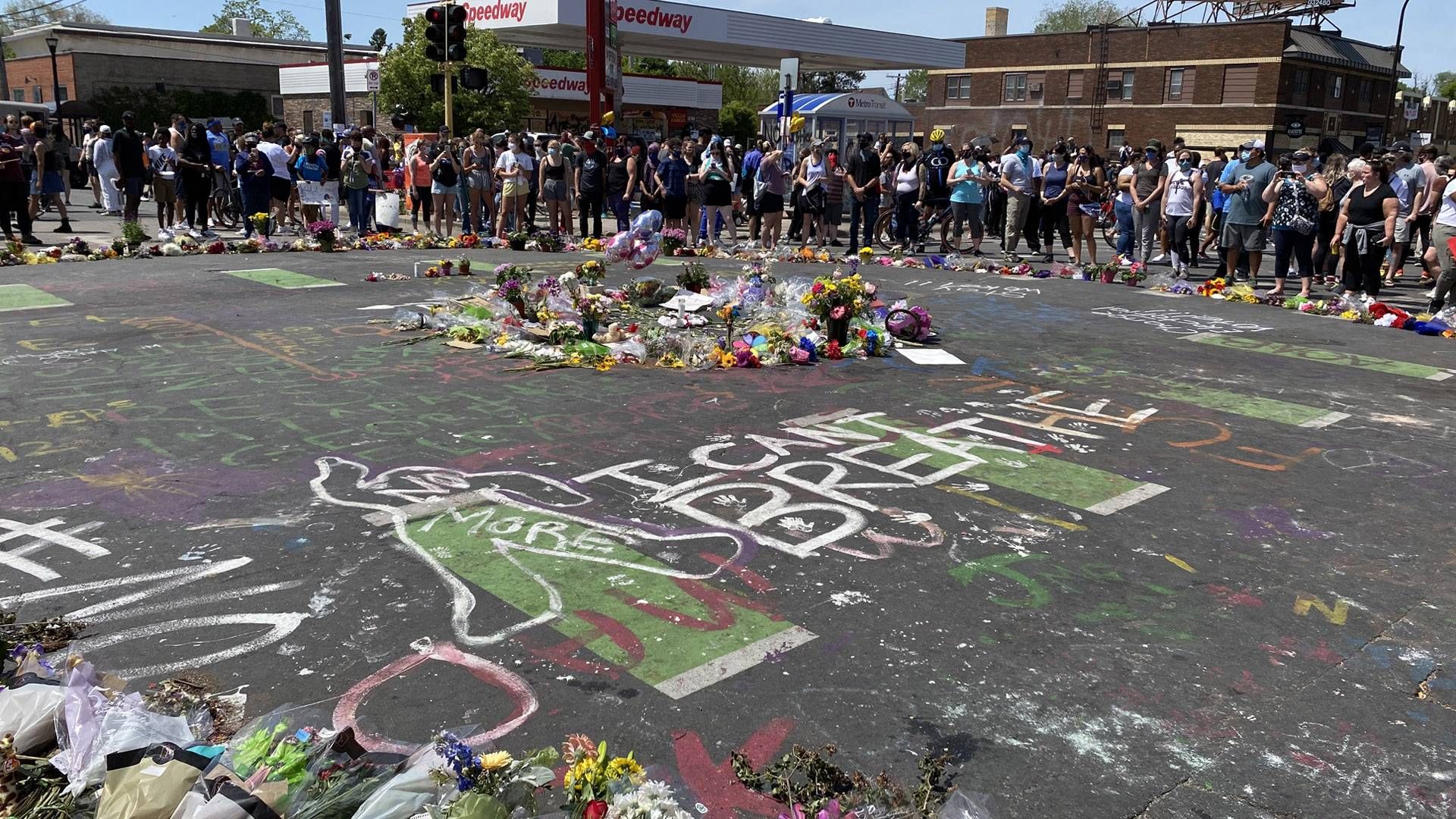
The agony people felt while watching the video of his death online sparked immediate action. Chants of “No Justice, No Peace,” “Say His Name,” and “Black Lives Matter!” can be heard loudly echoing across the Twin Cities as marchers at multiple peaceful protests demand justice for Floyd. They also demand sweeping social change in Minnesota - a state that has some of the worst racial disparities in the nation in education and homeownership.
The peaceful protests took a dangerous turn on Thursday, May 28, when Minneapolis’ Third Precinct was overrun by rioters and set on fire. Additional fires were set ablaze across the Twin Cities, devastating countless businesses along Lake Street in Minneapolis and University Avenue in Saint Paul. Road closures and mandatory curfews were put in place to curb the danger over the weekend. Uncertainty and fear lingered in the air, as the National Guard’s Blackhawk helicopters circled over the cities all night.
Amidst one of the darkest weeks in Twin Cities’ history were glimmers of solidarity and peace and hope.
Moments of Hope
Over the course of the weekend following George Floyd's killing, people could be spotted walking the streets with buckets, brooms and garbage bags in an effort to help clean up their neighborhood streets and businesses.
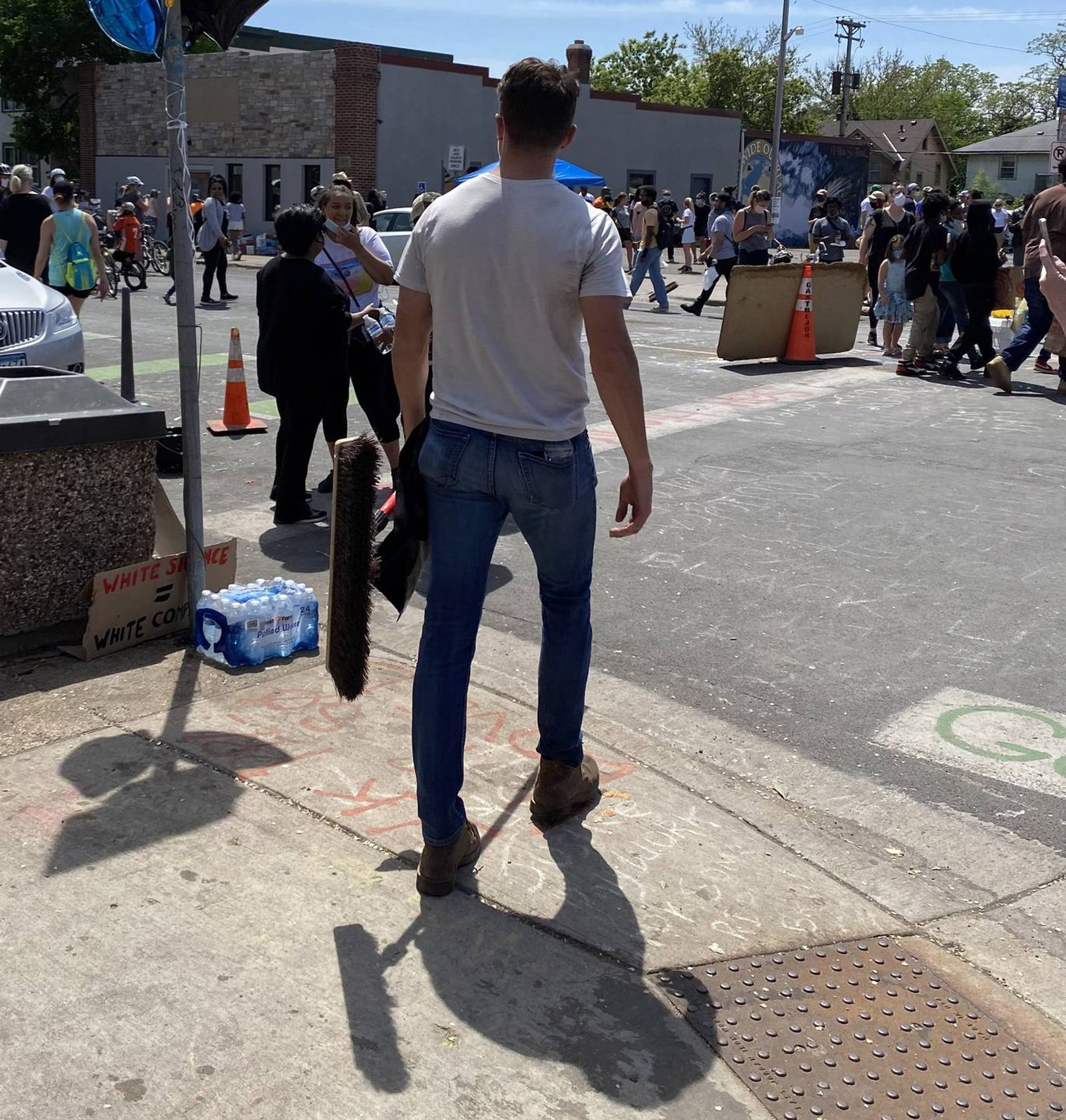
Murals and makeshift memorials honoring Floyd began to pop up on boarded-up buildings along Lake Street.
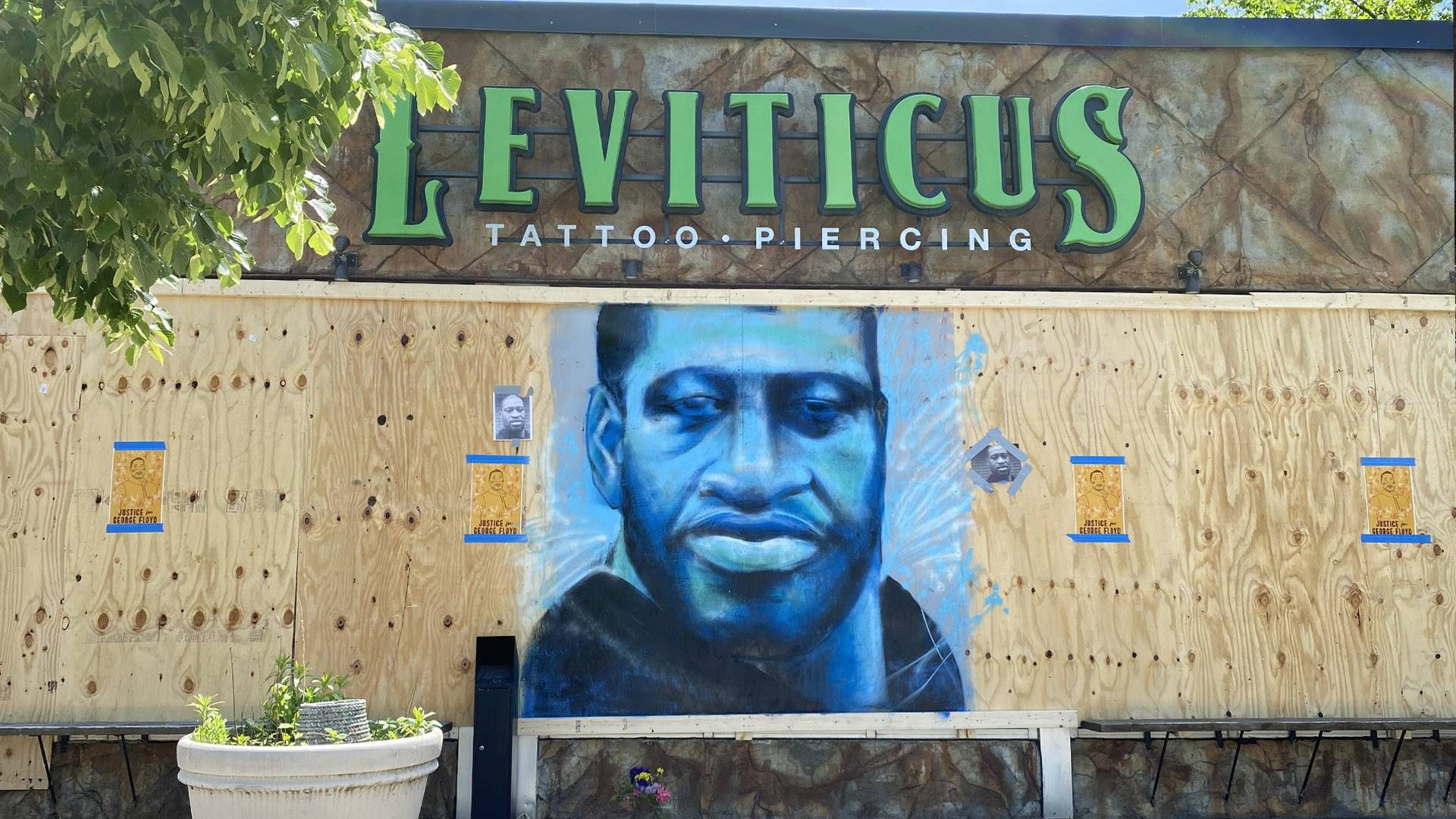
At Sanford Middle School, a miracle happened on Sunday morning that some volunteers described as a “loaves and fishes” moment.
The middle school is located in the Longfellow Neighborhood, just blocks from the Third Precinct on Lake Street. Sanford put out a call for help when educators and staff realized that many stores were either burned or boarded up due to the riots. They put out a call for 85 “meal kits” consisting of basic staples for the kids and families who live in the neighborhood. Now without access to both chain and independently owned groceries, their mission was straightforward: They wanted to help neighborhood families, many of which are already facing hardship due to the pandemic, get through this difficult moment.
Initially, Sanford staff put out the call for help within their own networks - but news of their efforts quickly went viral, and their request for 85 bags of food turned into tens of thousands of bags. It was an overwhelming response from the community, causing a 14-block-long traffic jam of people waiting to donate. Many ended up leaving bags at makeshift drop-off sites on street corners because they couldn’t get to the school.
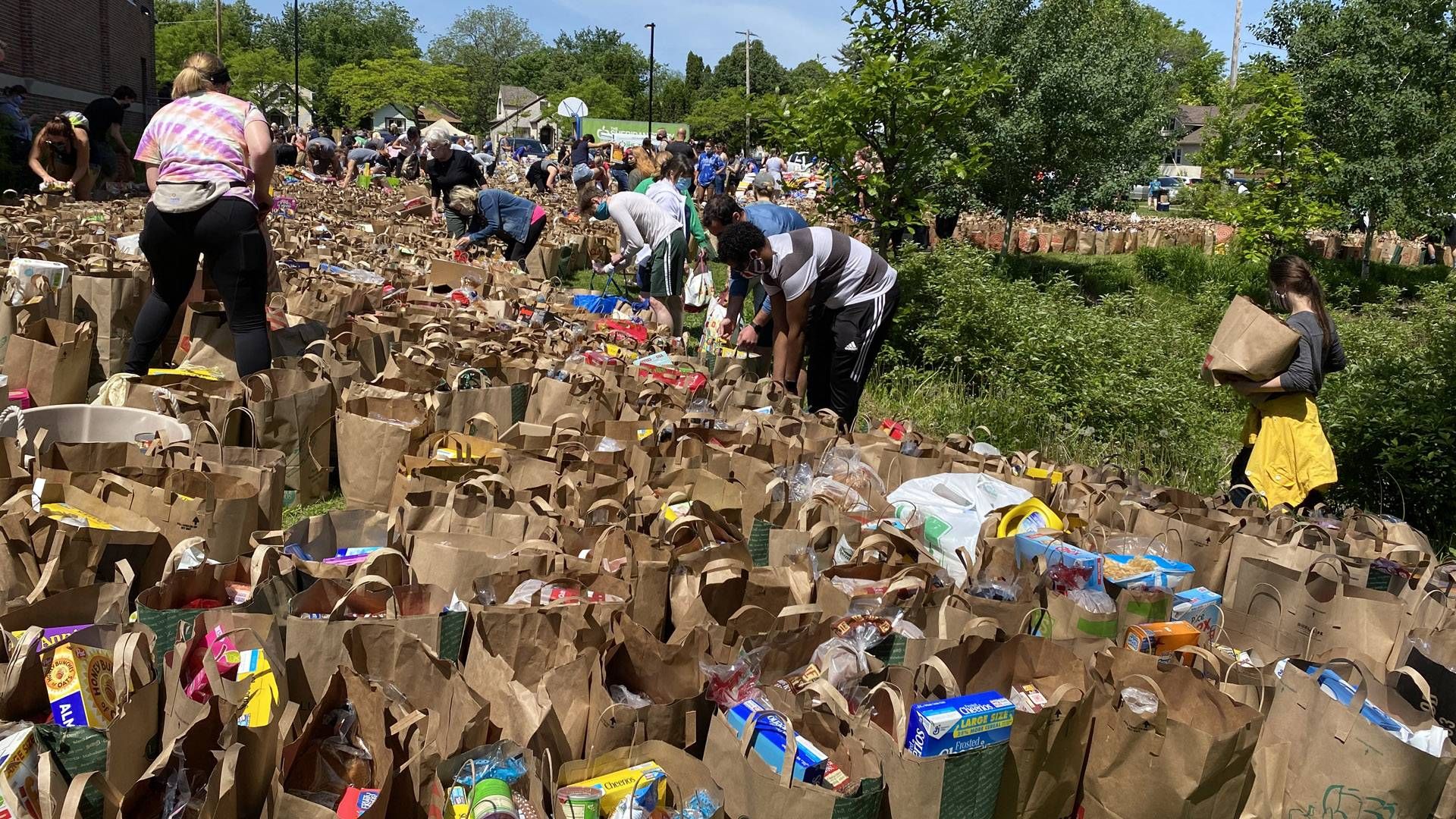
The school partnered with The Sheridan Story, experts in running food drives and fighting childhood hunger, who quickly solicited volunteers onsite to take a job and help. Hundreds of people sorted the massive sea of bags and mountains of cereal boxes, forming an assembly line through the school to get perishable items into refrigerated areas.

All of this was done in time to help the families who came that morning to pick up the items that they needed. The rest of the food will be distributed to food banks across the cities.
It was inspiring to see so many so many people show up for their community, despite the fact that the COVID-19 pandemic is still in full swing. Kids and families, and people of all ages and skin colors, worked together to make things better.
While the actions of those who donated and volunteered spoke volumes, many of the bags included handwritten messages of hope, courage and love, adding an especially moving touch of solidarity and humanity.
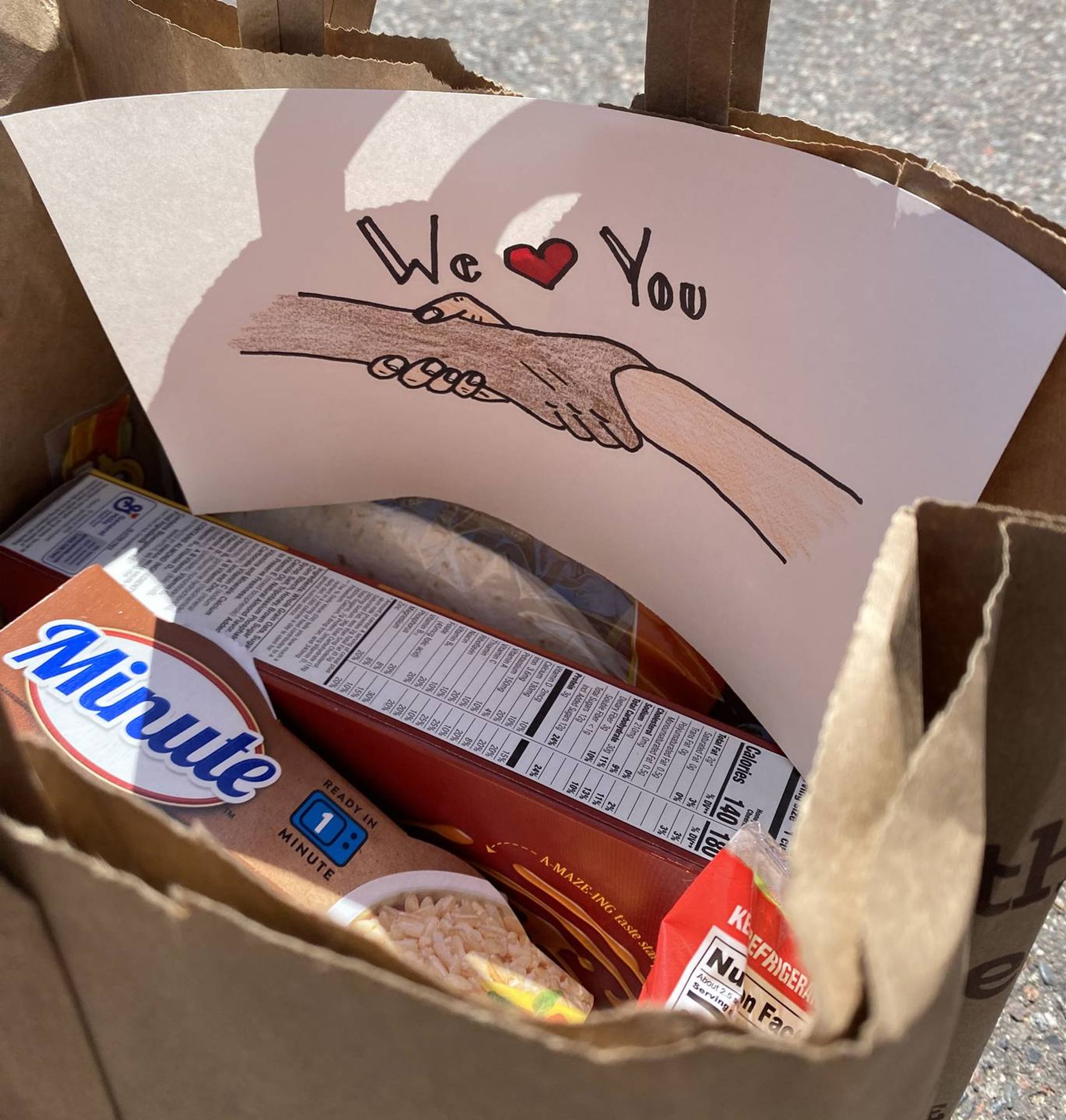
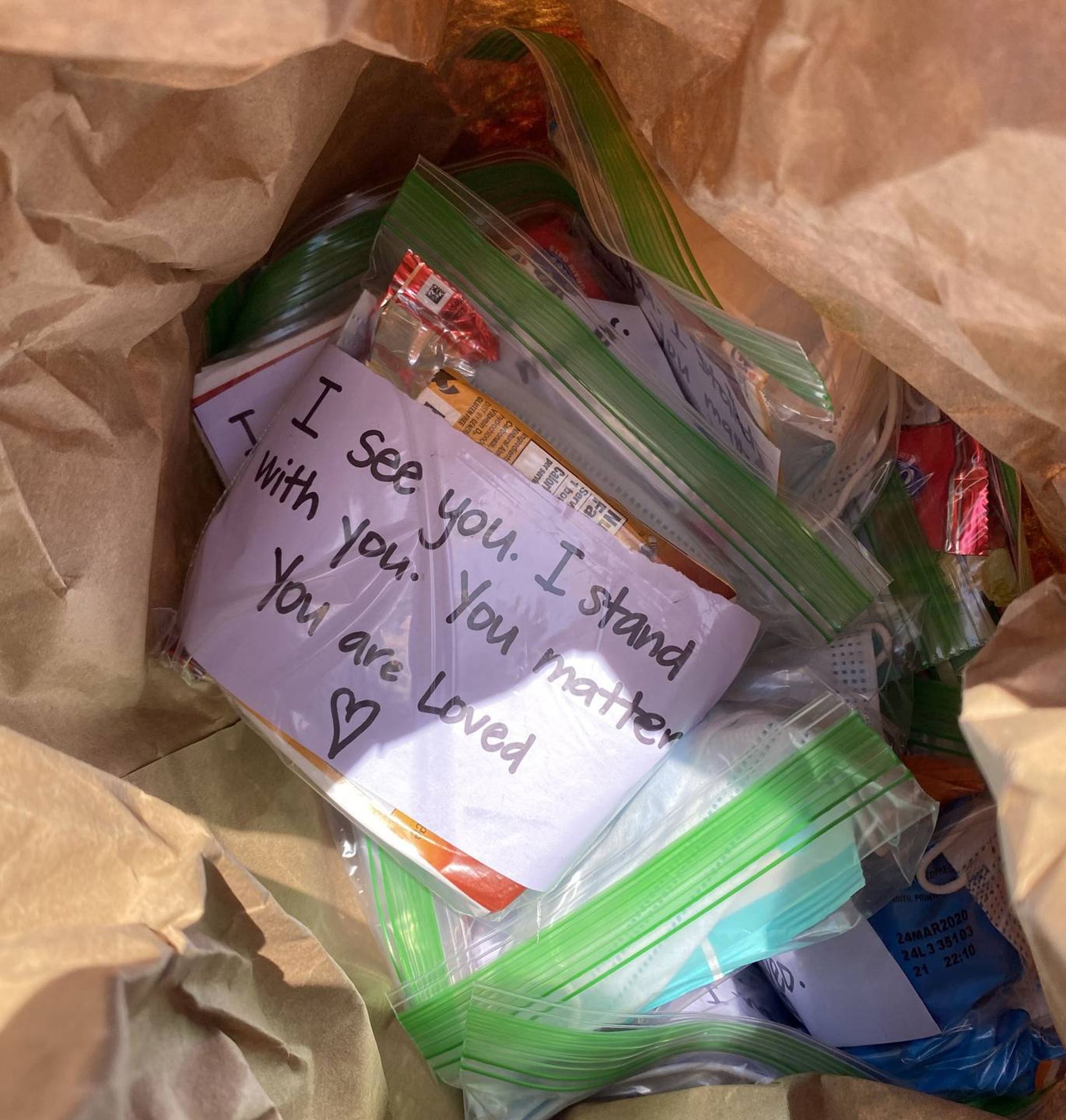
There is still so much healing that needs to happen, but moments like this show us just how strong and resilient Minnesota is.
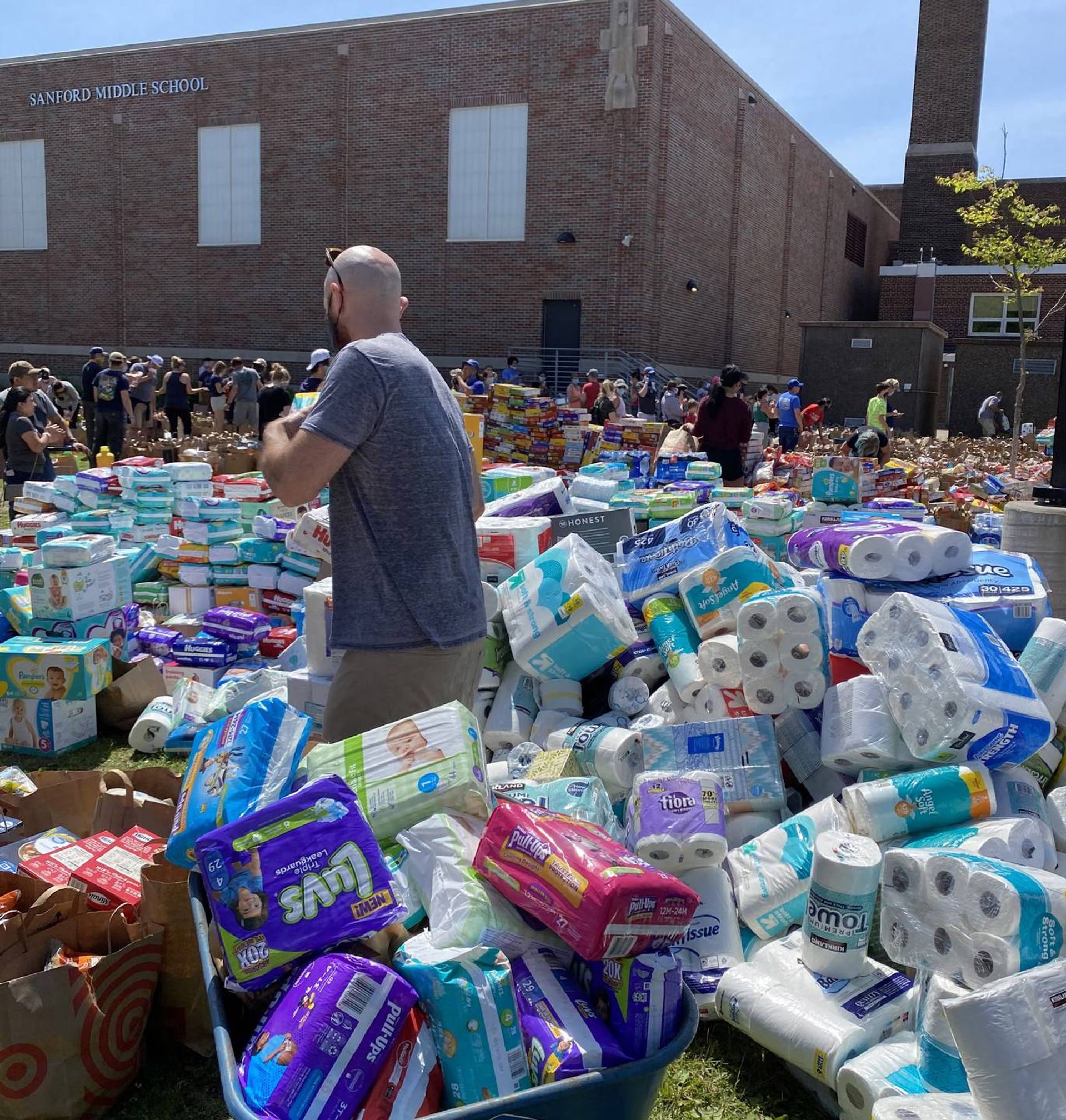
Sunday at the George Floyd Memorial
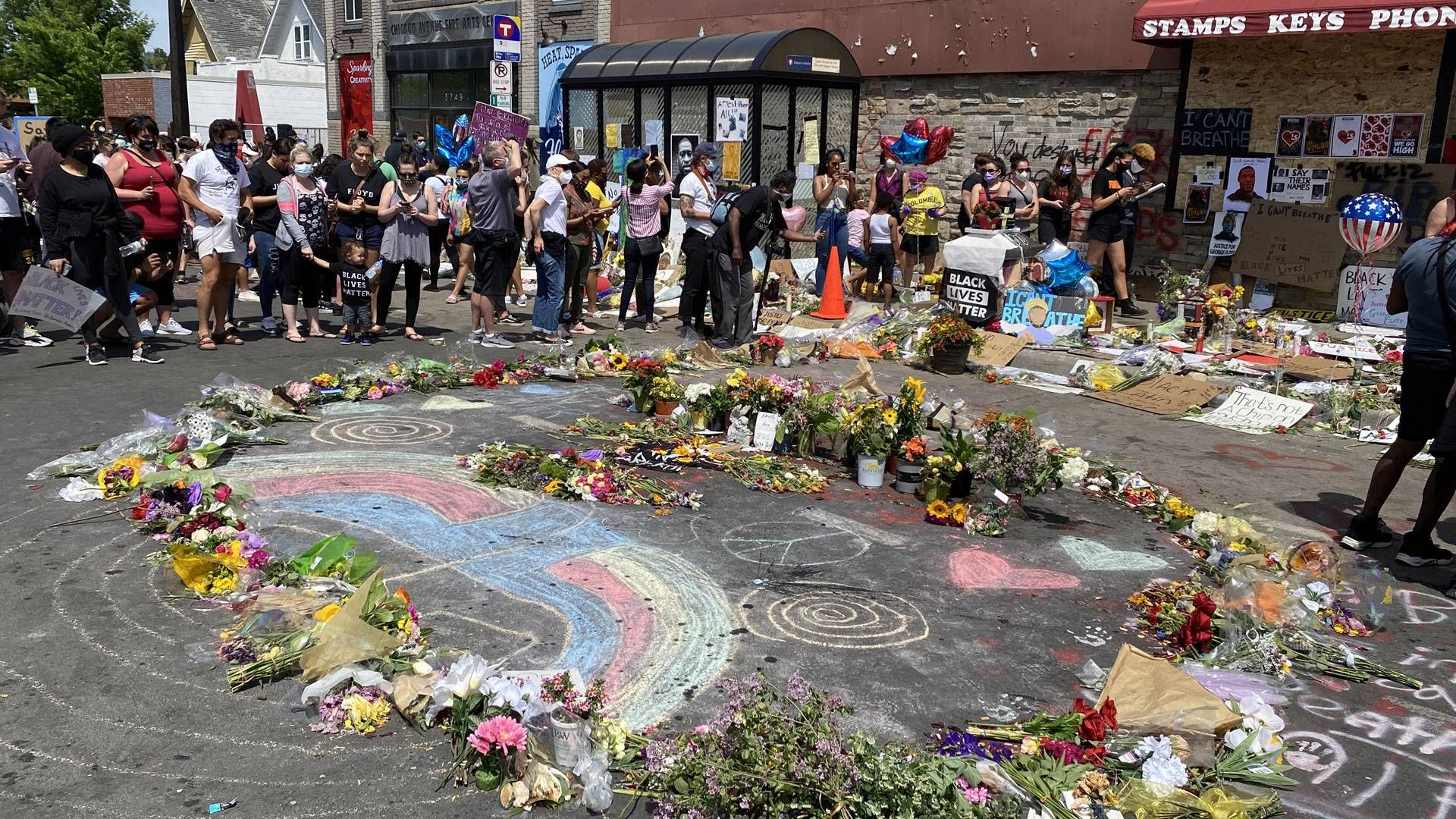
Back at the George Floyd Memorial on Sunday afternoon, there was a spirit of community and hope. The memorial had an almost joyful feel, with people dancing, DJ’s spinning, people grilling up free hot dogs and burgers, others preaching and singing and sharing messages about what a better future could look like for everyone.
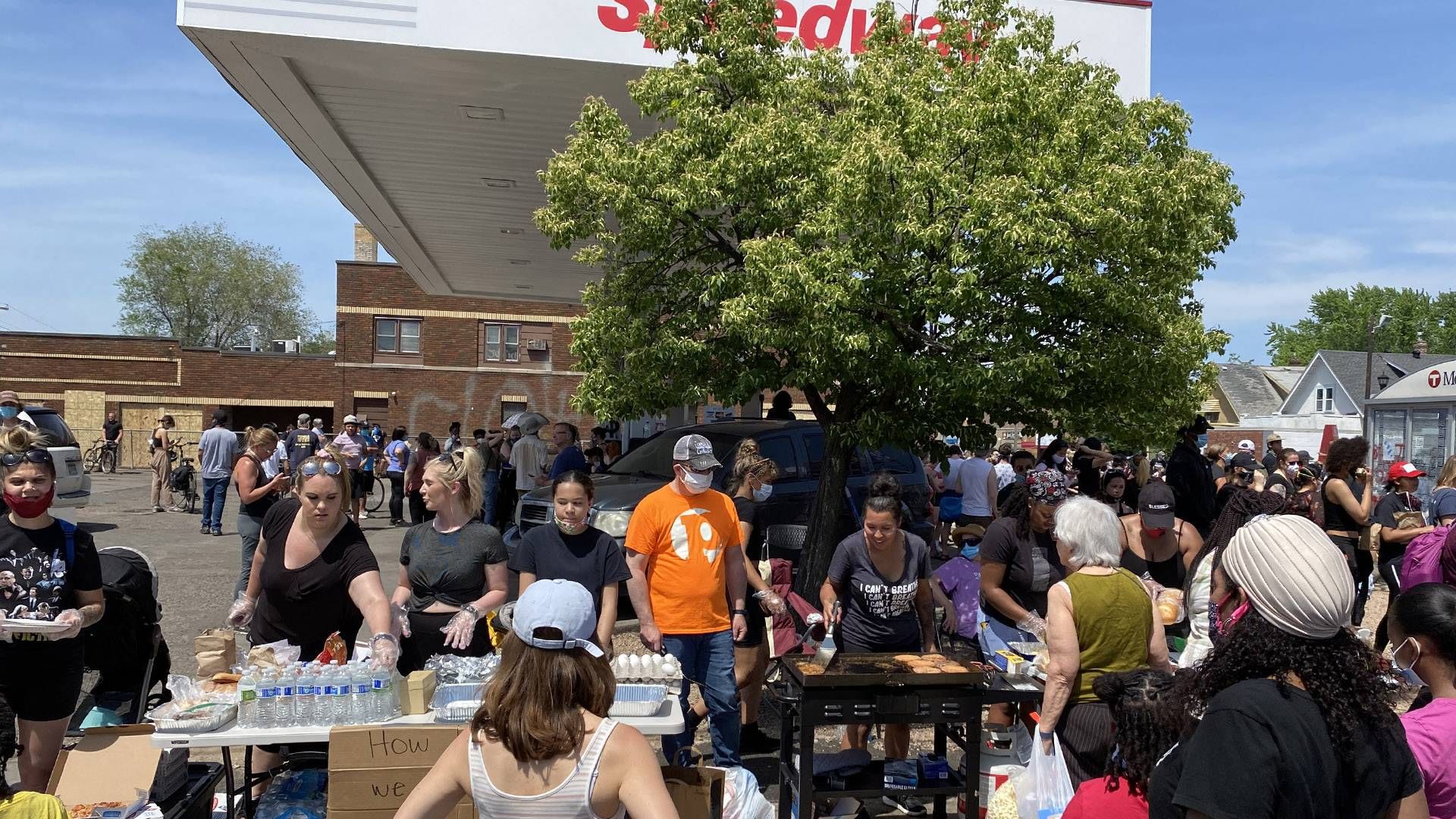
But there were also tears - and questions: “Where do we go from here?” In front of the George Floyd mural and memorial stood a young Black boy holding a simple white sign that asked, “Am I Next?”
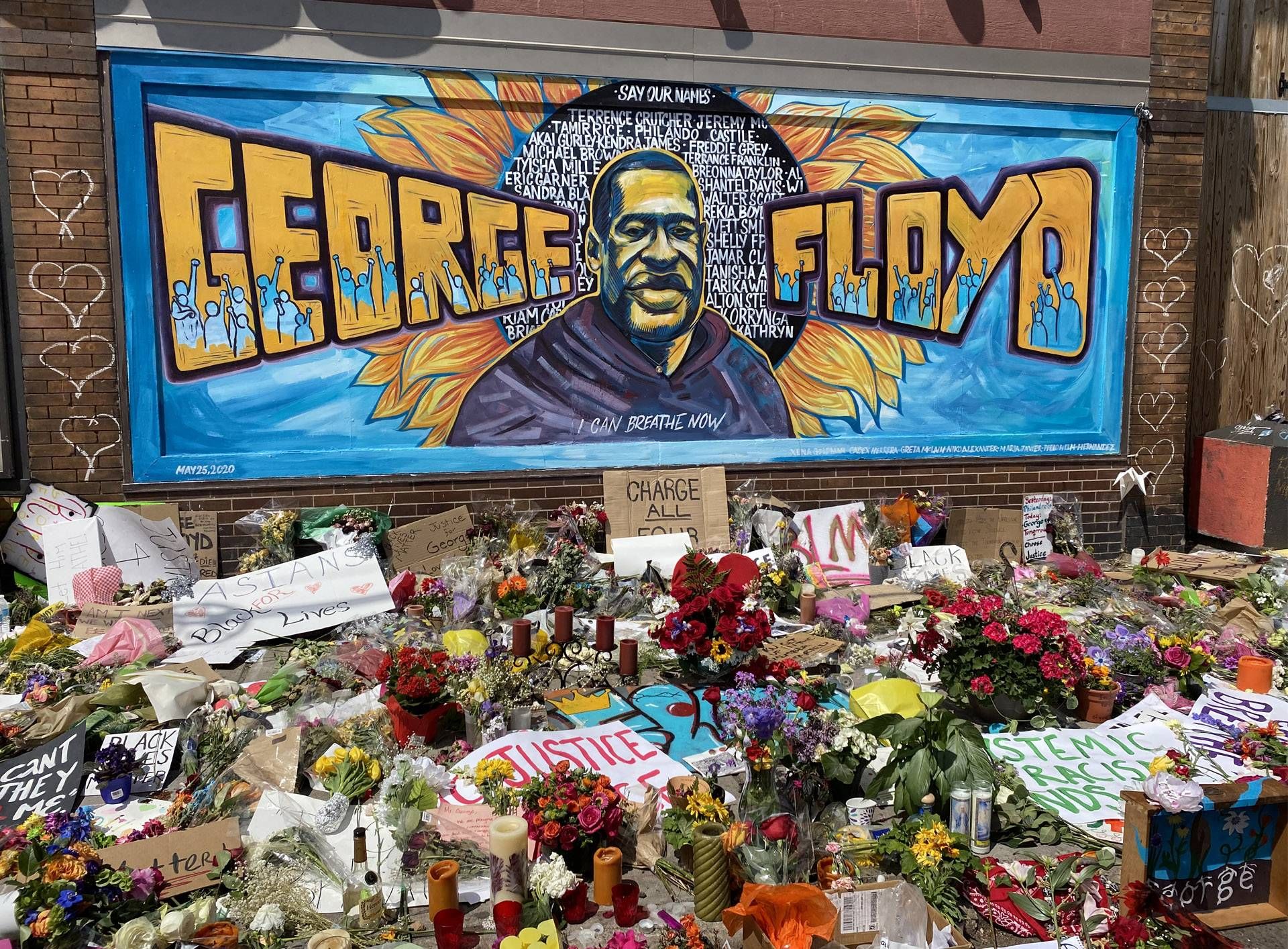
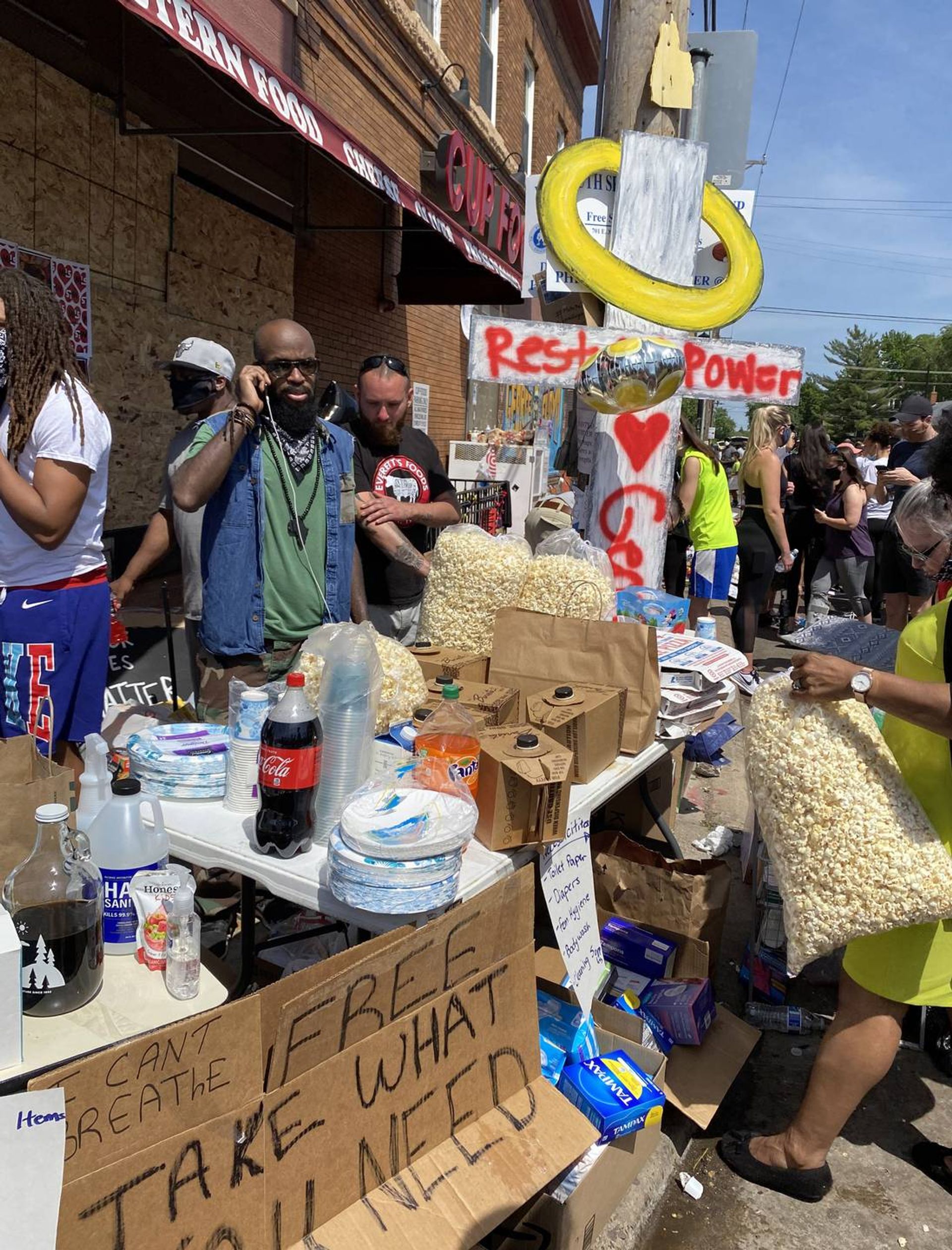
Without question, there are uncertain times ahead as our grief- and anger-stricken cities continue to rebuild and demand justice for the loss of a Black man - a father, neighbor and friend - and to demand accountability for the other three police officers who stood by as Floyd was killed.
Mayor of Saint Paul, Melvin Carter, shared in a recent press conference, “We’re asking for peace, but we’re not asking for patience or pacifism.”
Former President of the United States, Barack Obama, has also shared his belief that this moment could be a turning point for real change. He wrote in a Medium article, "If we want to bring about real change, then the choice isn’t between protest and politics. We have to do both. We have to mobilize to raise awareness, and we have to organize and cast our ballots to make sure that we elect candidates who will act on reform."
There is much work to be done to make this a better place to live for everyone. So let’s ask ourselves what each of us can do. And let’s get to work and start now… together.
“The time is always right to do what is right.”
-Dr. Martin Luther King, Jr.
How to help:
Please support two community partners serving the neighborhoods most seriously damaged by the violence: The Lake Street Council and the Hamline Midway Coalition.
Please support The Sheridan Story and your local food bank with food and monetary donations.
Along with other urban centers across the country, the Twin Cities have a history of racially discriminatory housing covenants that prevented people of color from buying homes in certain neighborhoods. That history ripples in the present-day affordable housing crisis: By limiting opportunities for home ownership, people of color were stripped of one key way to build equity over time. Discover more in “Mapping the Roots of Housing Disparities in Minneapolis.”
In an effort to better understand the individuals behind the numbers, Almanac recently partnered with America From Scratch host Toussaint Morrison to conduct a series of extended interviews with Minnesotans who have served time. These interviews are intended to explore the challenges people face before, during and after they answer for their crimes, and, as you’ll see, several common drivers quickly emerge – substance abuse, poverty, mental health issues, family struggles and systemic racism.
